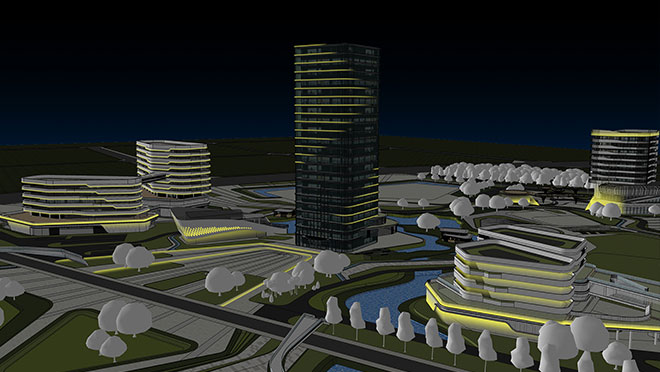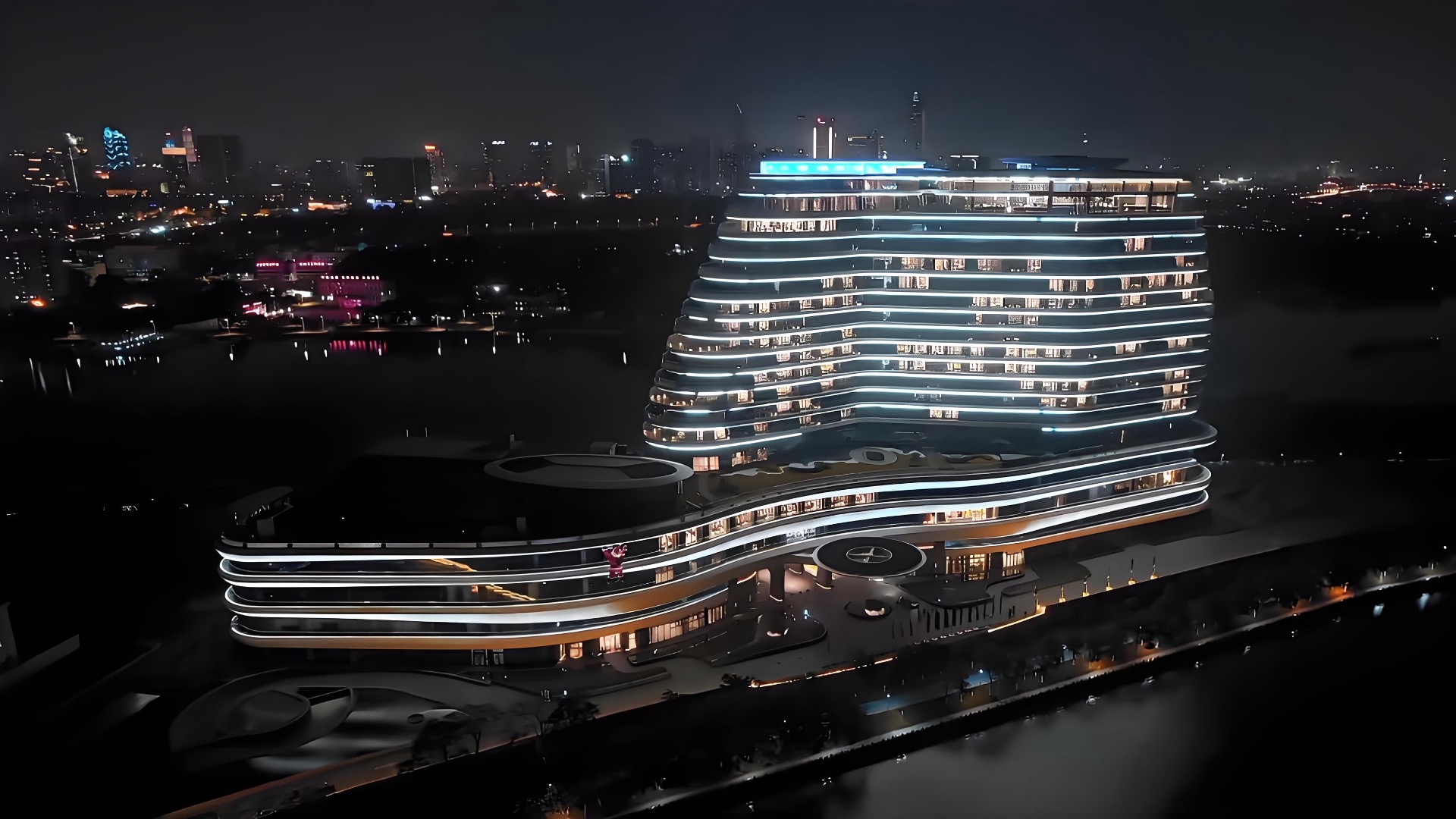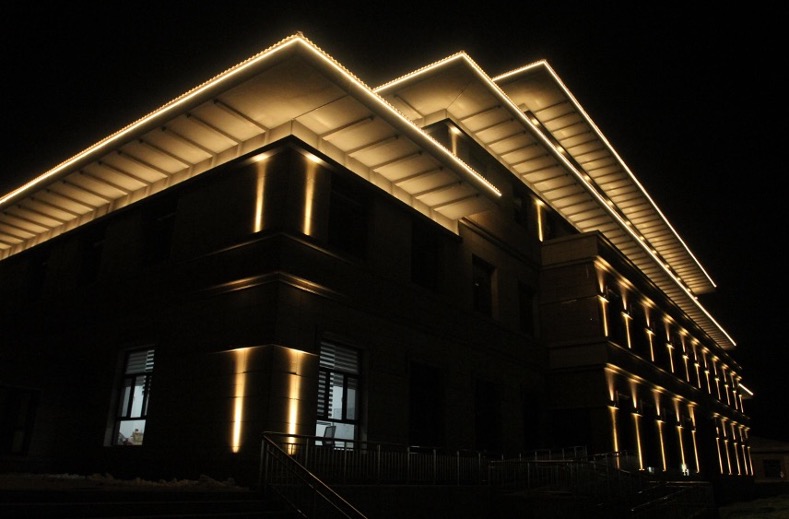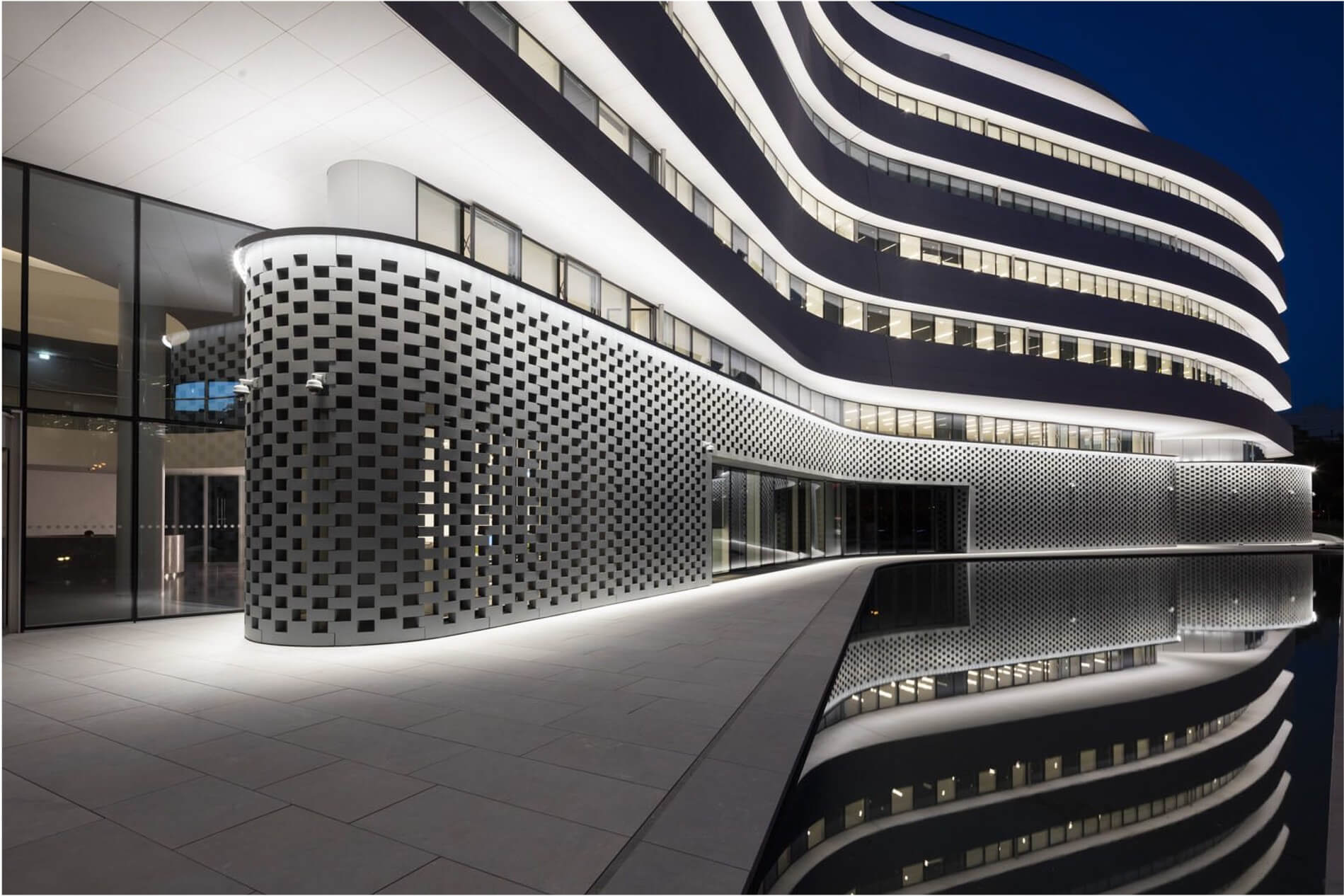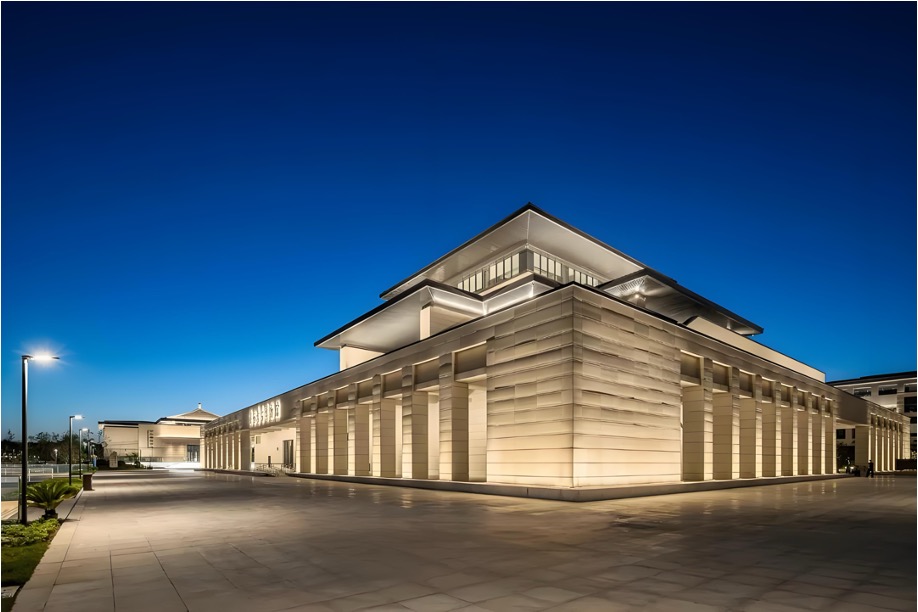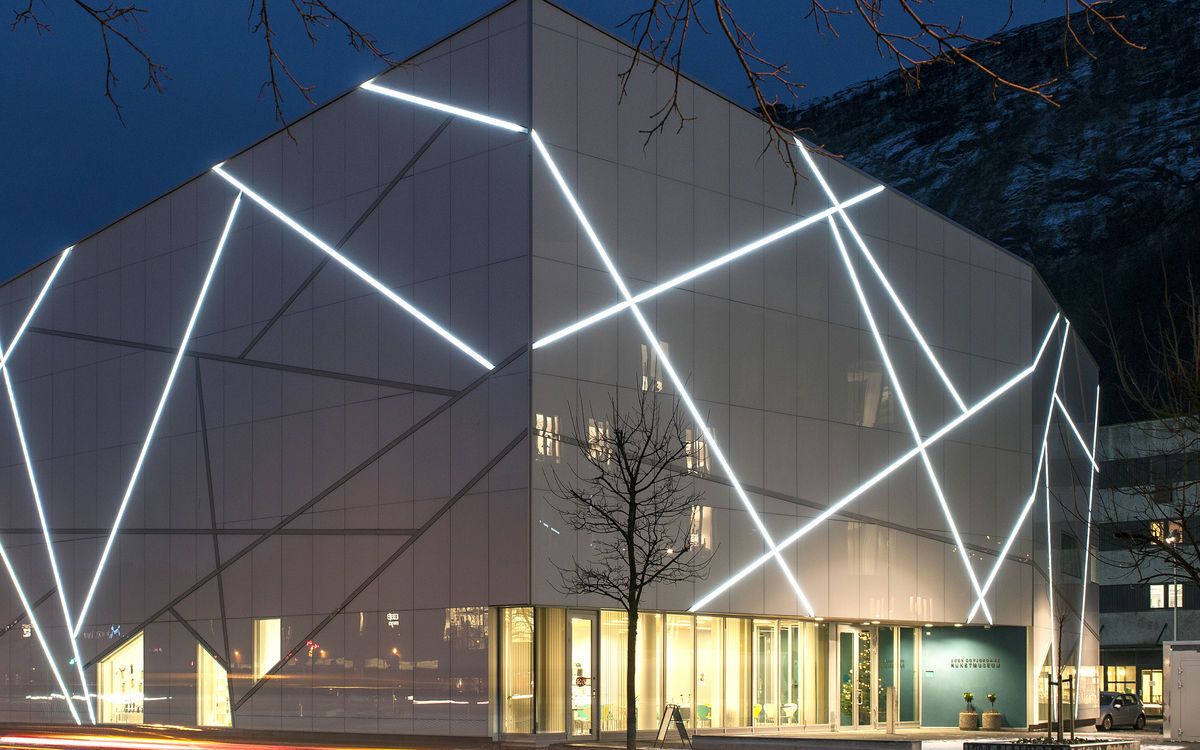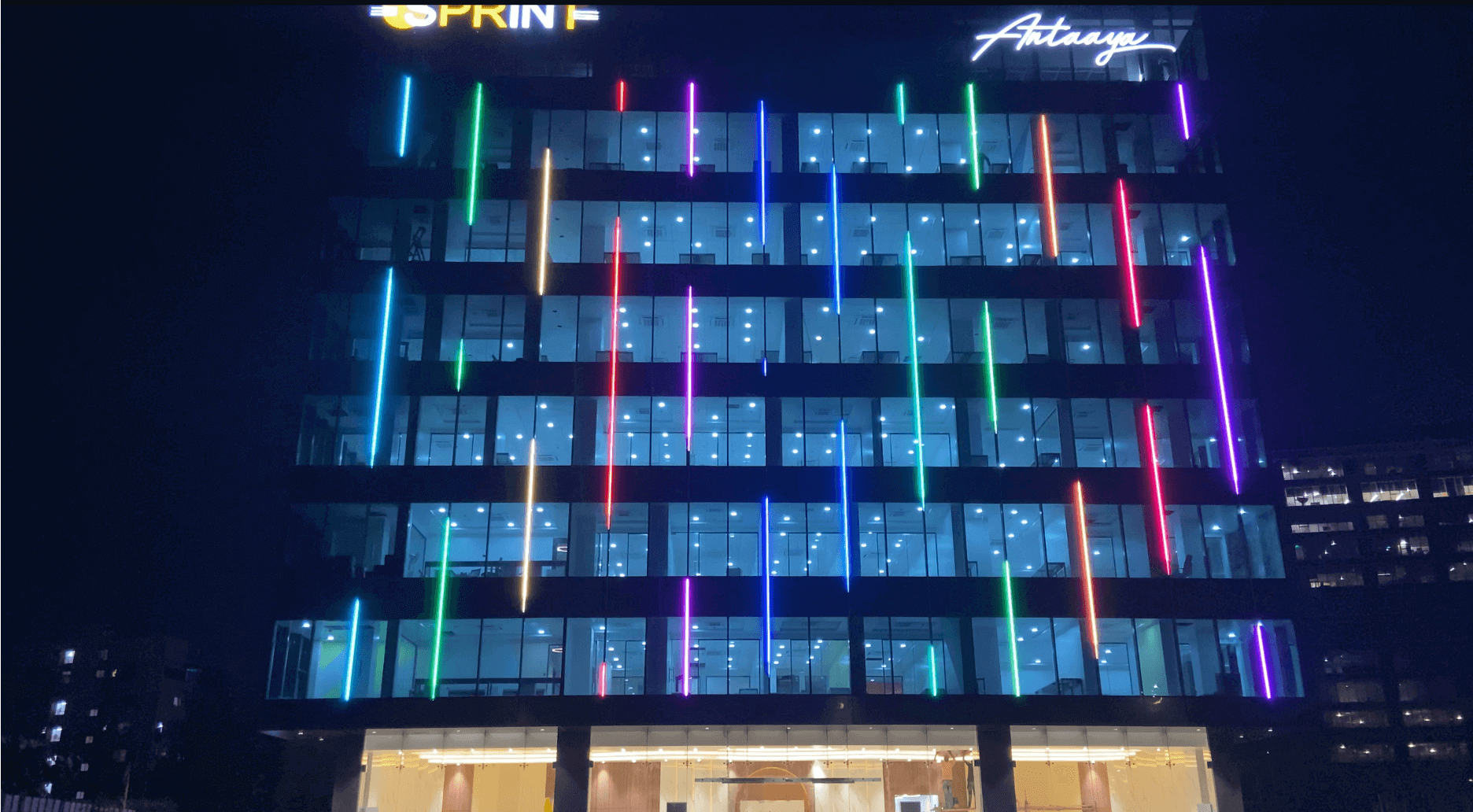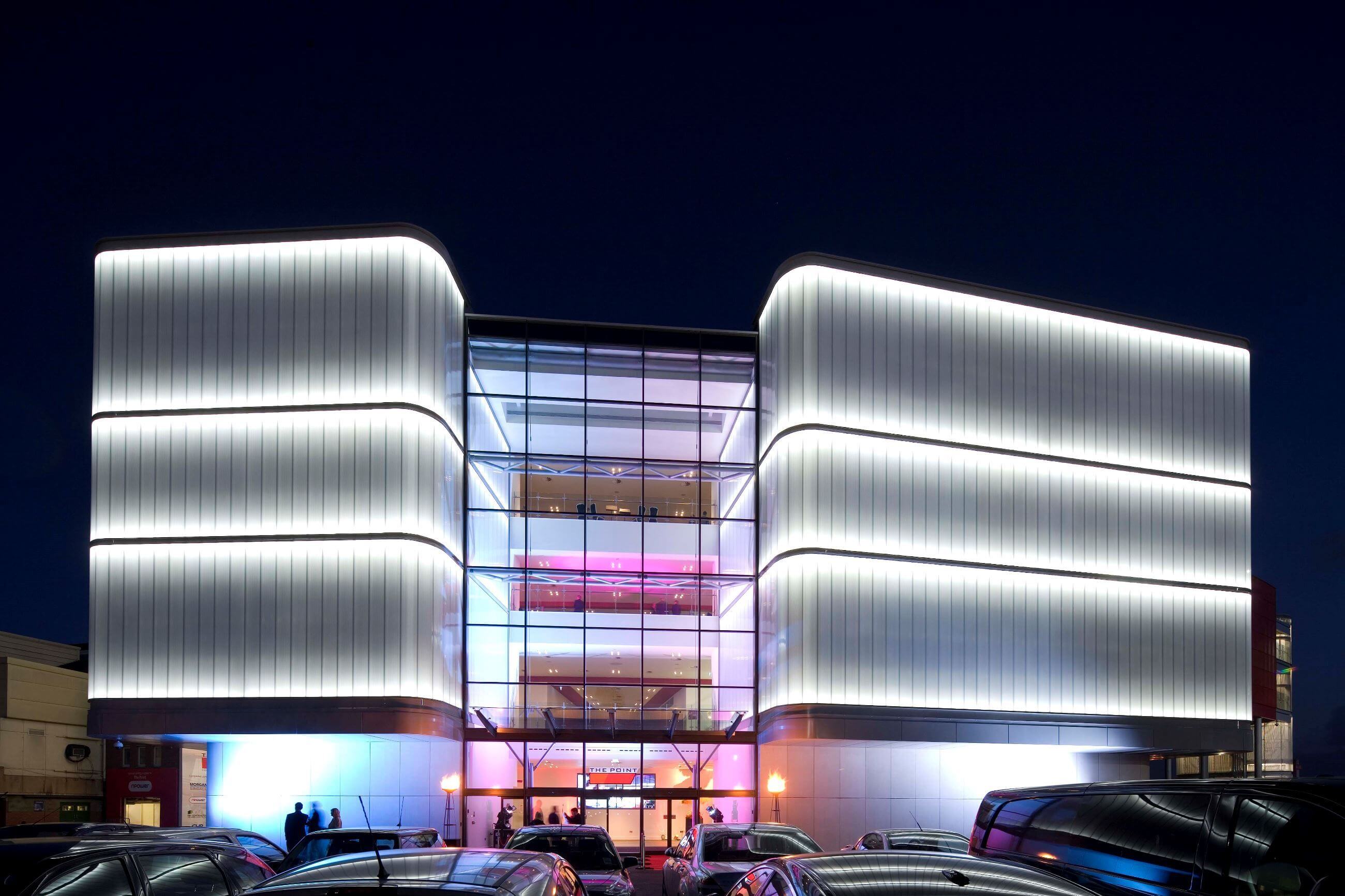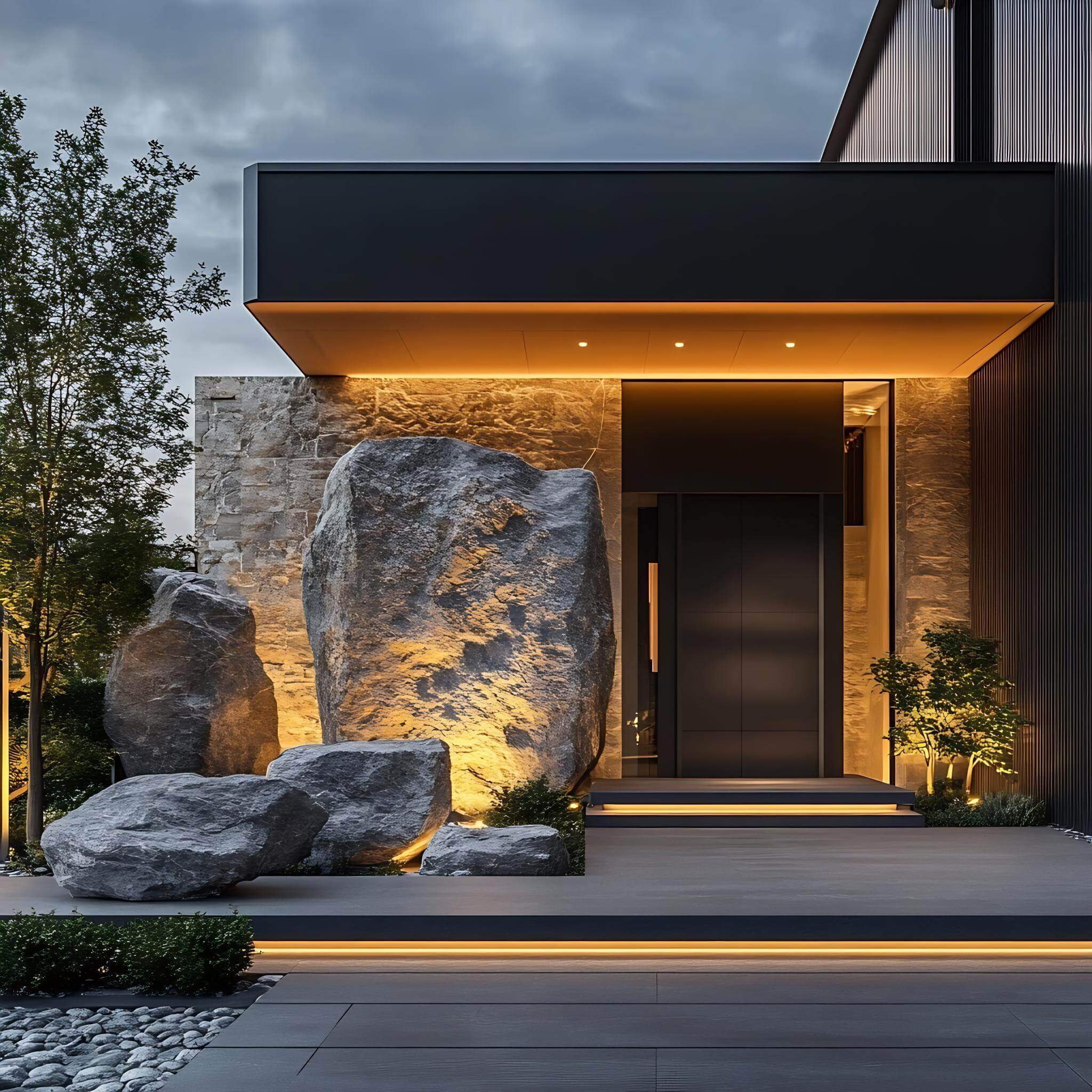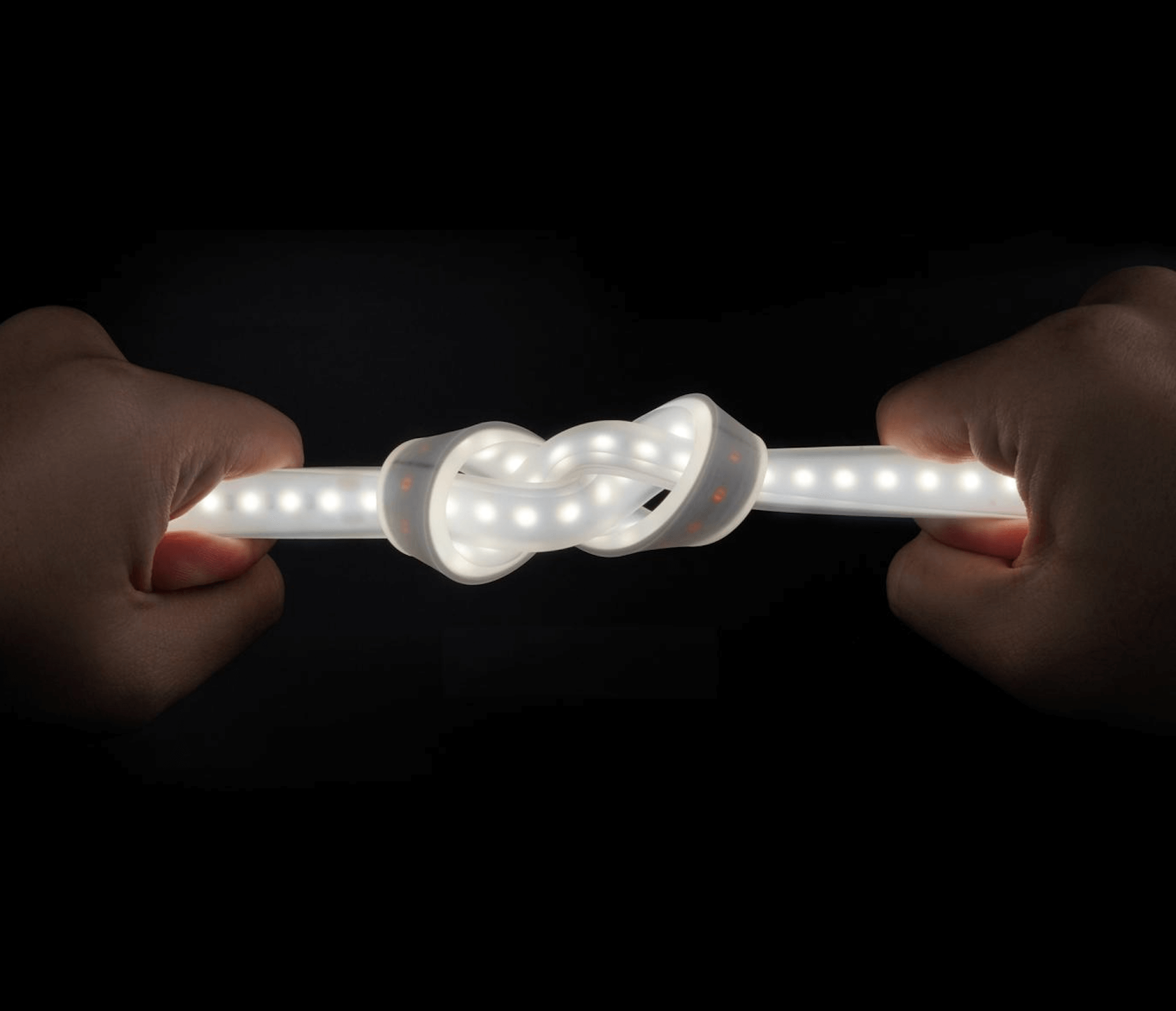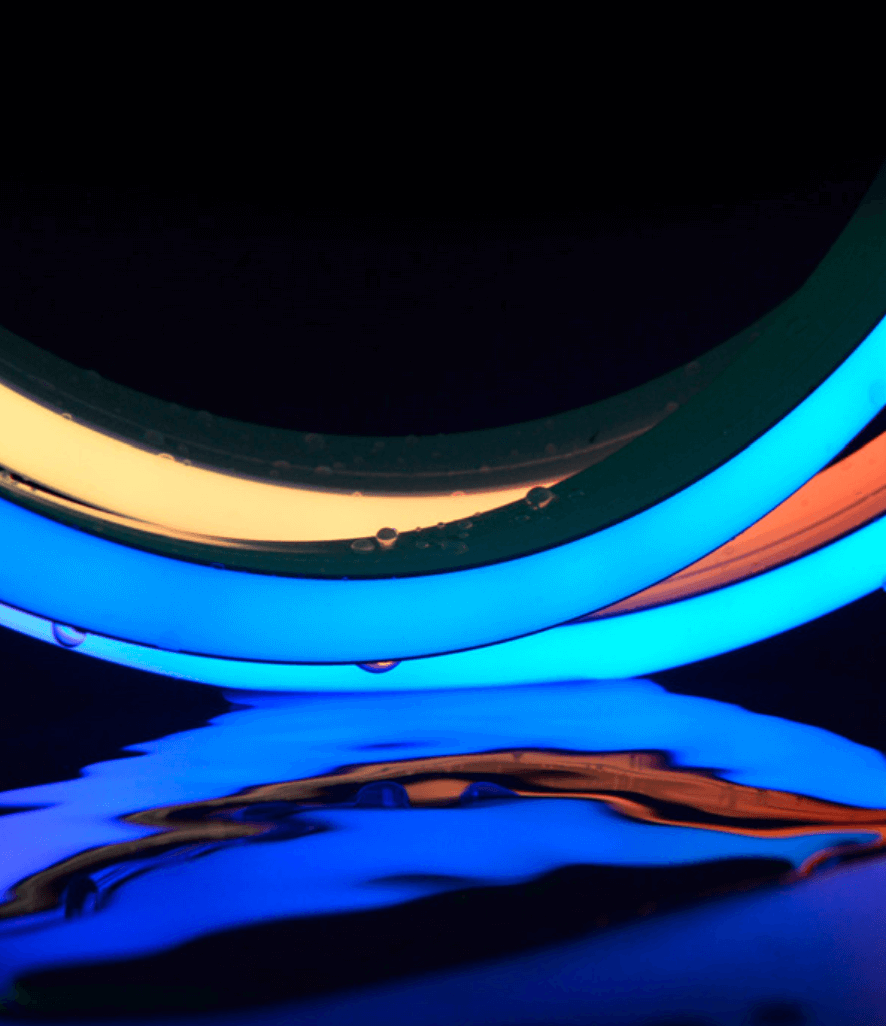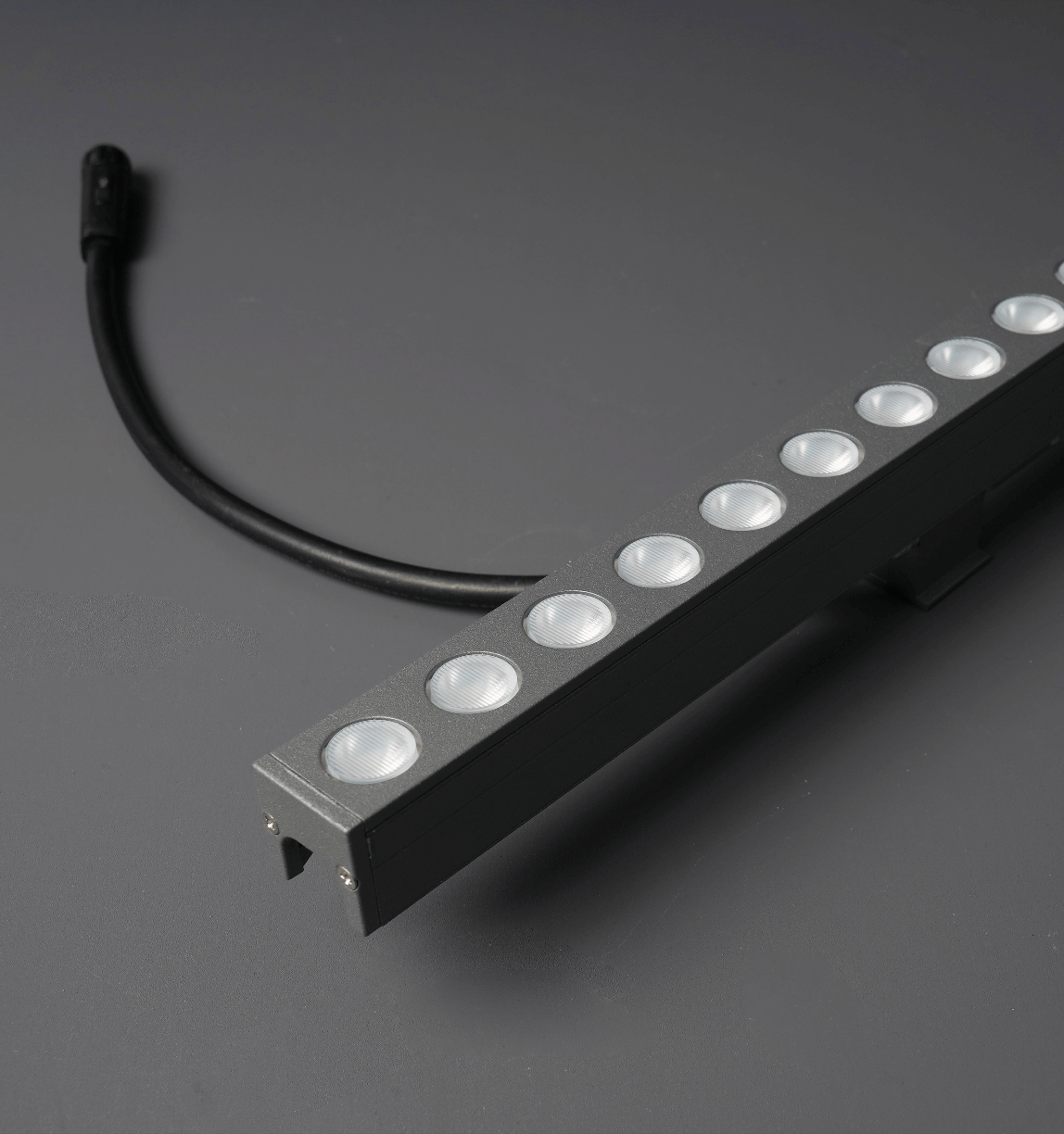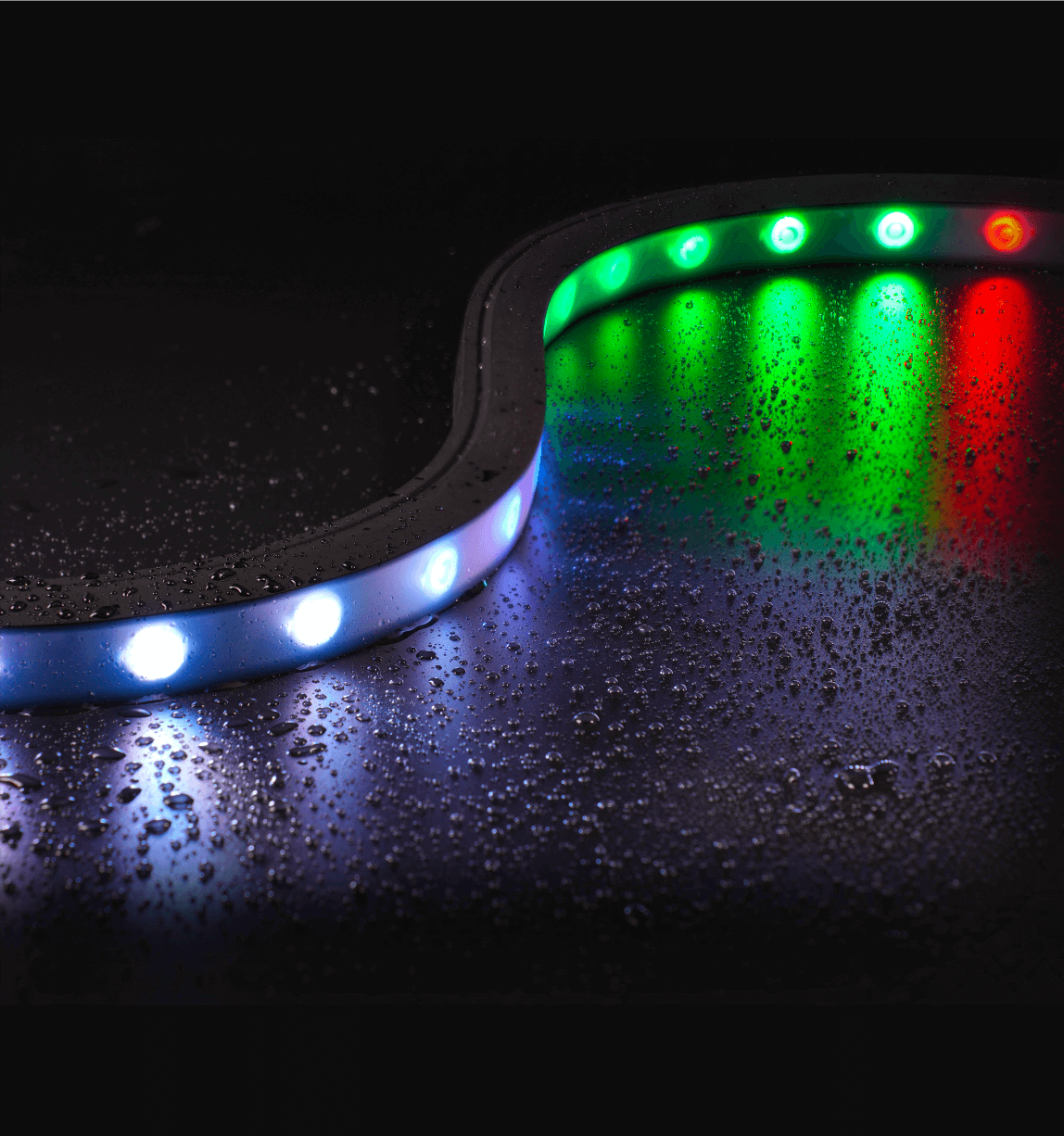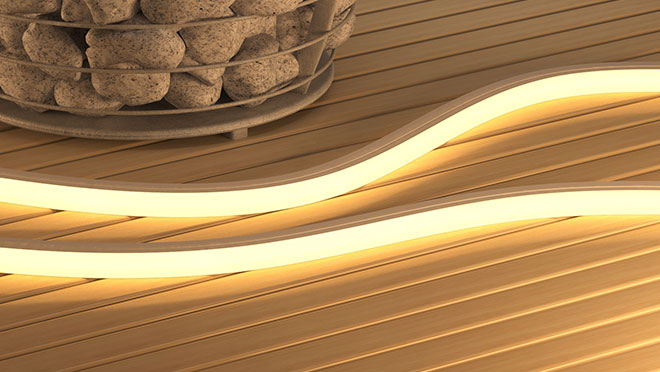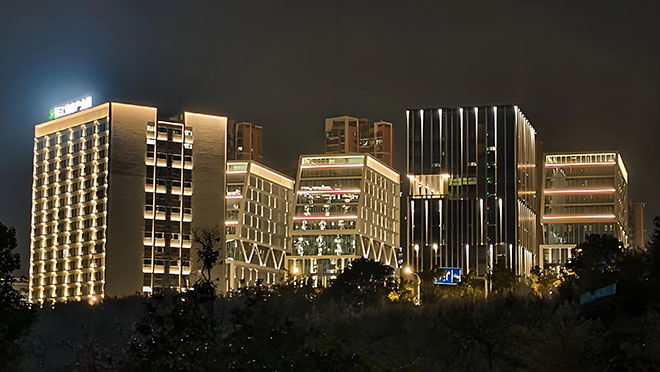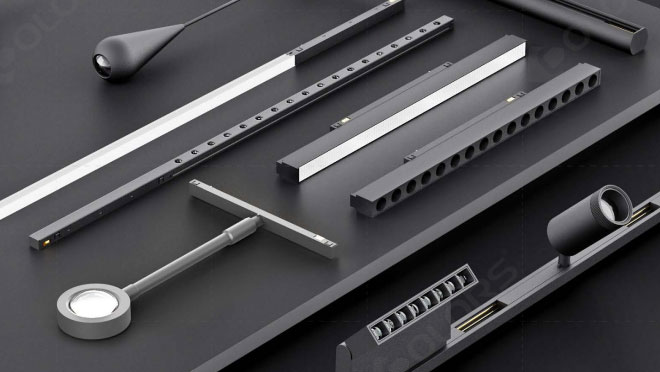Introduction
Architectural facade lighting is a crucial component of outdoor lighting applications. This article provides a comprehensive overview of the definition, lighting way, and products of architectural facade lighting to assist clients in selecting appropriate lighting methods and products for practical projects.
What is architectural facade lighting?
Definition
Architectural facade lighting is a technical approach involving systematic lighting design for the external surfaces of buildings using artificial light sources. Its primary objectives are to reshape a building’s nighttime image through artistic expressions of light, highlight its morphological features, material textures, and cultural connotations, while achieving harmonious coexistence with the urban environment.
Core Elements
Integrating technical factors such as luminaire selection, beam control, and installation craftsmanship, methods like spotlighting, backlighting, contour lighting, focal point lighting, and dynamic lighting are employed. Through light-shadow contrast, dynamic changes, and color coordination, these techniques endow buildings with nighttime "personalities," while concurrently fulfilling goals such as safety guidance, environmental harmony, and energy consumption control.
Key Values
- Aesthetic Value: Reinforcing the interpenetration of modern architectural volumes through floodlighting. Highlighting material details via grazing light. Enabling architectural "expression" changes through programmable LED systems.
- Functional Value: Enhancing cornice lines with horizontal separation lighting to guide pedestrian visual flow. Integrating emergency lighting systems with primary lighting to ensure critical path recognizability during emergencies.
- Economic Value: Premium lighting design can increase commercial building rents by 15%-20%, enhancing asset value through improved aesthetics. Smart control systems (e.g., DALI protocol) enable time-division and zone-based management, reducing long-term operation and maintenance costs.
- Social Value: Urban street lighting renovations strengthen residents’ sense of belonging and sustain community cultural identity and cohesion. Interactive projections showcasing architectural history and the humanities serve public education purposes.
- Technological Iteration Value: Integration of flexible perovskite photovoltaic films with luminaires achieves "grid-independent" lighting, driving material innovation. Adoption of digital twin technology to build city-level light-shadow simulation systems, fostering a harmonious nighttime light environment between humans and nature.
Main lighting methods and techniques used for architectural facade lighting
Common architectural facade lighting methods include cast lighting, internal translucent lighting, outline lighting, local key lighting, and dynamic lighting. In actual project applications, these lighting techniques can be refined and expanded further.
Contour Lighting
Using linear lights along building edges or object perimeters to outline shapes through light-dark contrast. Functionally enhances nighttime shape recognition with a minimalist visual effect, characterised by "light as line" abstraction. Applicable to roof eaves, bridge railings, sculpture frames, and other structures commonly seen in urban landmarks (e.g., skyscraper top contours) and ancient architecture, such as cornice lighting.
Lighting Project
Cove Lighting
Hiding light sources in architectural recesses (e.g., ceiling coves or facade slots) to create indirect lighting via reflection/diffusion. Provides soft ambient light, reduces direct glare, and builds subtle spatial layers. Highlights the "light without fixtures" concealment, enhancing softness with diffusive materials. Suitable for indoor and outdoor ceiling edges, structural recesses, handrail interiors, and landscape retaining walls that require indirect lighting.
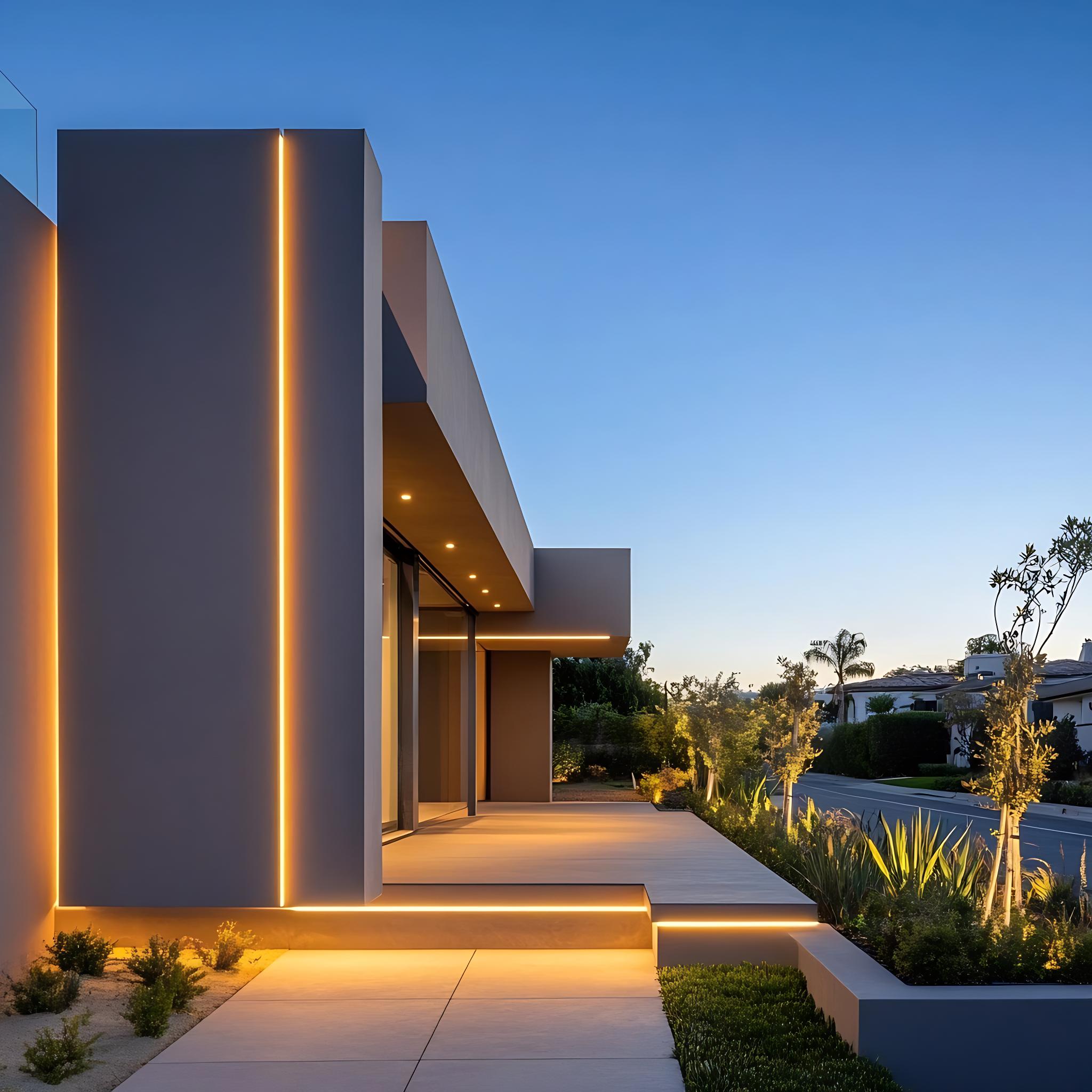 Lighting Project
Lighting Project
Under Eave Lighting
Installing projectors under or inside building eaves to cast upward/outward light on cornice details (e.g., brackets, decorative moldings). Enhances top-layer hierarchy of facades and balances vertical brightness ratios. Features light-shadow contrast to emphasise cornice three-dimensionality, ideal for ancient architecture eaves or modern cantilever structures.
Lighting Project
Façade Grazing Light-Downwards
Mounting fixtures close to wall tops to project narrow beams downward, revealing concave-convex textures (e.g., brick joints, reliefs) through subtle shadowing. Strengthens tactile perception of rough materials (stone, concrete, handcrafted bricks), suitable for historic building restorations and cultural venue facades.
Lighting Project
Façade Grazing Light-Upwards
Positioning fixtures near wall bases to project narrow beams upward, emphasising texture undulations via inverse light-shadow contrast, especially for bottom details. Creates dramatic effects with bottom-up lighting, ideal for museum exteriors, religious building pedestals, or modern art installations.
Lighting Project
Window Frame Lighting
Illuminating all four sides (top/bottom/left/right) of window frames with recessed linear lights or mini projectors to enhance structural rhythm and 3D layers. Transforms windows into facade focal points, improving nighttime readability of details. Features brightness differentiation (front sides highlighted, sides recessed) for depth, suitable for commercial complexes and libraries with high window-wall ratios.
Lighting Project
Stylish Lighting
Breaking traditional fixture forms to create artistic light installations (e.g., biomimetic lamps, light sculptures, modular designs), emphasising creativity and spatial storytelling. "Fixtures as art" integrates aesthetics and functionality, applied to building facades, cultural parks, public art spaces, and luxury hotel lobbies.
Lighting Project
Digital Lighting
Using programmable LED fixtures (pixel lights, wall washer matrices, RGB strips) to achieve dynamic effects (color changes, pattern flows, rhythmic flashing) via control software. Enhances interactivity and timeliness, creating immersive experiences. Fits commercial facades, theme parks, and festival venues, often paired with music/video for light shows.
Lighting Project
Inner Transmission Lighting
Placing light sources inside objects (e.g., glass curtain wall cavities) to emit light through translucent materials (glass, acrylic, silk), creating a light and airy effect. Minimizes fixture visibility while highlighting material translucency, ideal for "luminous body" imagery in stained glass churches or modern glass box buildings.
Lighting Project
Accent Lighting
Using narrow-beam fixtures (spotlights, track lights) to focus on specific objects (sculptures, displays, plants), creating visual focal points via 3-5x brightness contrast with ambient light. Guides sightlines and highlights themes, ideal for art gallery exhibits, retail window displays, and landscape feature plants.
Lighting Project
Low Position Ambient Light
Using low-mounted fixtures (ground lights, step lights, lawn lamps) to emit soft, glare-free light for near-ground comfort. Enhances pedestrian safety and approachability in slow-paced environments. Applies to walkways, hotel courtyards, and residential gardens, often layered with high-mast lighting for vertical illuminance gradients.
Lighting Project
What are the commonly used products?
In the field of architectural facade lighting, traditional floodlights and wall washer lights have long been the mainstay. With the continuous evolution of architectural forms, design styles, and product technologies, outdoor protective flexible light strips, silicone neon light strips, linear products with special optical designs, and color-changing control systems are increasingly being accepted and utilised by designers and property owners.
CSP LED Strip Lights
CSP outdoor protective
LED strip lights feature anti-bending, anti-twisting and anti-tensile properties, and adopt flip-chip packaged LEDs. They can adapt to ambient temperatures ranging from -40°C to 60°C, with an IP67 protection rating, and are widely suitable for atmospheric lighting in architectural facade light slots, eaves, base angles, etc.
Silicone Neon Strip Lights
Silicone neon strip lights adopt high-quality gas-phase silica gel, made by tri-color co-extrusion process, featuring natural, smooth light and are easy to clean. It shows great resistance to saline solutions, acid & alkali, corrosive gases, fire and UV, great for Contour Lighting.
DIGITAL LED Strip Lights
The DIGITAL LED light strip has dynamic color-changing functions, is widely compatible with various dimming and lighting control systems such as DMX512 and SPI, and is commonly used for dynamic facade lighting. It can achieve decorative lighting, atmosphere creation, and festival scene transformation effects.
Linear Wall Washer Fixtures
Linear wall washer fixtures generally adopt aluminium lamp bodies, and their structural waterproofing processes can achieve an IP67. They offer options of large-angle floodlighting and small-angle spotlights, featuring high luminous efficiency, customization, and long-term outdoor usability. These fixtures are suitable for wall washing and grazing lighting on the facades of outdoor buildings and structures.
Recommended Product: HW-
LENS LED Strip Lights
LENS Strip basic on a
silicon neon strip, provides different beam angles, and 3D bending in the long run, is suitable for curved wall washing and grazing indoors and outdoors.
Conclusion
COLORS Lighting, the
LED linear lighting solutions provider, specialises in the research, development, and manufacturing of high-quality lighting products, which have been certified by all major national markets and are exported to more than 100 countries and regions worldwide.
Our product portfolio covers Neon Strips,
LED Strips, Infinite Lights, Linear Lights, Track lights, and Downlights. COLORS Lighting provides integrated and professional lighting solutions for residential, hotel, office, commercial, and outdoor spaces.
We have a professional lighting design team, key projects to provide pre-design planning, mid-term selection simulation, post-installation and commissioning of professional support. For key projects, we can cooperate with designers and engineers to deepen the pre-sale product application program. Welcome to contact us and tell us which products you prefer, or let us know what type of lighting solution you need. Let us help your lighting project!
COLORS Lighting, Colorful Life!

![]()
![]()
![]()
![]()
![]()
![]()
![]()
![]()
![]()
![]()
![]()
![]()
![]()
![]()
![]()
![]()
![]()
![]()
![]()
![]()
![]()
![]()
![]()



































































































